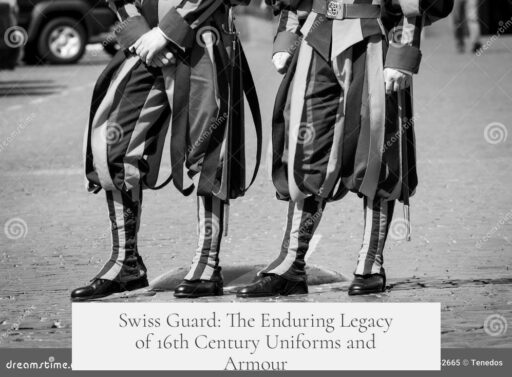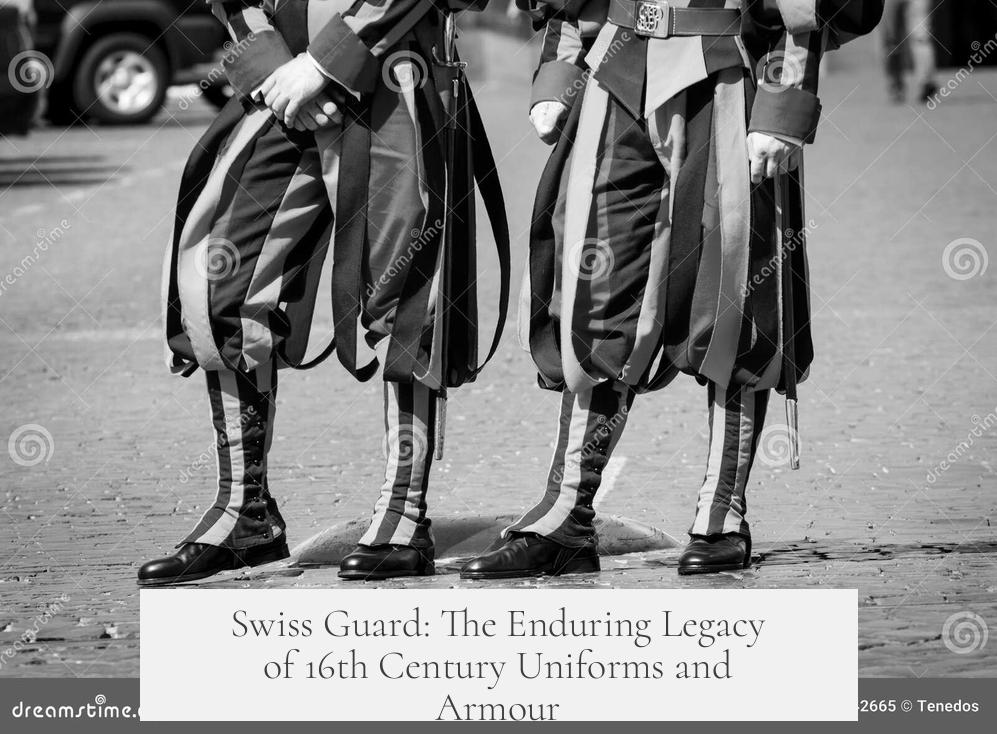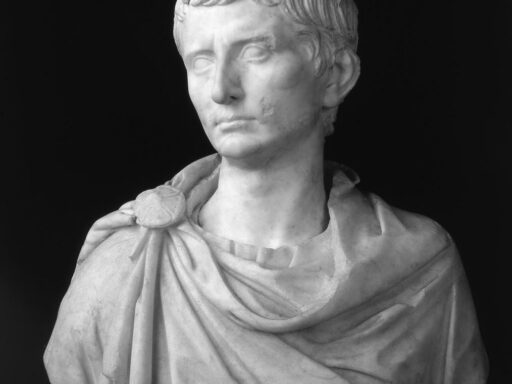The Swiss Guard still wear 16th century uniforms and armour due to their historic origins, ceremonial role, and careful preservation shaped by tradition and reform.
The Swiss Guard’s uniforms first appeared in the early 1500s. Tradition holds that Michelangelo influenced the uniform’s design. Pope Julius II chose the iconic blue and yellow stripes in 1506. The red plumes on their helmets came later, added by Pope Clement VII after the 1527 Sack of Rome. This brutal event saw the Swiss Guards sacrifice themselves to protect the Pope, adding symbolic meaning to their attire.
Early uniforms reflected 15th and 16th-century court dress, marked by baggy breeches, slashes in contrasting fabric, lace ruffs, and a round hat with dramatic feathers. Images from 1613 and 1660 confirm their consistency over the centuries. This style aligns with the broader European trend of permanent household guard units.
- Household guards emerged in Europe during the 1420s, starting with the Scottish Archers of the Guard in France.
- By the late 15th century, such units with elaborate uniforms existed in Scotland, Burgundy, Savoy, and Brandenburg.
- The ornate dress was as much about ceremony as protection, impressing diplomats and court visitors.
With growing court formality, guards balanced combat readiness and ceremonial display. Most European palace guard units evolved differently—many adopting practical military uniforms or forming large combat forces, like the British Foot Guards. But some, like the Swiss Guard, remained dedicated to ceremony, preserving historic dress rather than adopting contemporary battle gear.
In the 18th century, the Swiss Guard resembled many other European ceremonial units. However, after the Napoleonic Wars, elaborate uniforms mostly disappeared. Many palace guards shifted to simpler or more militaristic styles. The Swiss Guard’s retention of their Renaissance-style attire thus became unusual by the 19th century, reflected in numerous artistic depictions.
The guard’s role also shifted. They were part of the papal household, not the army, focusing on Vatican security and ceremonial duties. Since 1527, they have seen no combat action, even during several invasions of Rome. Uniform changes were minimal over centuries:
- Soft round hats gave way to chapeaux around 1790.
- Brass helmets appeared in the 1820s.
- Prussian-style helmets arrived in the 1840s.
- Armour was used mainly in full gala dress but evolved in style through the 18th and 19th centuries.
A significant shift happened under Jules Repond in 1914. Prior to his leadership, recruitment had drifted away from Swiss soldiers and discipline declined. Repond reformed the Swiss Guard by:
- Recruiting exclusively Swiss veterans.
- Conducting detailed historical research on original uniforms.
- Publishing findings in 1917 and redesigning uniforms combining tradition with practicality.
- Instituting the now-familiar morion helmet.
Thanks to these reforms, the Swiss Guard survived major Vatican reforms in 1970, which disbanded other historic units like the Guardia Nobile and Palatine Guard.
Today’s Swiss Guard uniforms and armour remain closely based on the 16th-century originals. The clothing represents a link to the Renaissance, papal history, and their sacrificial role during the Sack of Rome. Their garments serve a practical ceremonial function, marking them as a unique living tradition of European court life.
| Aspect | Explanation |
|---|---|
| Origin | Established early 1500s; inspired by Renaissance designs and papal tradition. |
| Appearance | Blue-yellow-red striped fabric, slashed breeches, lace collars, plumed helmets. |
| Historical Role | Bodyguard to the Pope; ceremonial and security duties at the Vatican. |
| Uniform Evolution | Minimal changes; modernized under Jules Repond in 1914, incorporating historical accuracy and practicality. |
| Current Status | Uniquely preserved Renaissance style; one of Europe’s last ceremonial units in historic dress. |
- The Swiss Guard’s uniforms symbolize centuries-old tradition and the papacy’s history.
- The 16th-century style reflects a balance of ceremonial importance and historical memory.
- Reforms ensured their continuity and distinct identity among Vatican security forces.
- The uniforms remain practical for ceremonial duties while honoring Renaissance aesthetics.
Why Do the Swiss Guard Still Wear 16th Century Uniforms and Armour?
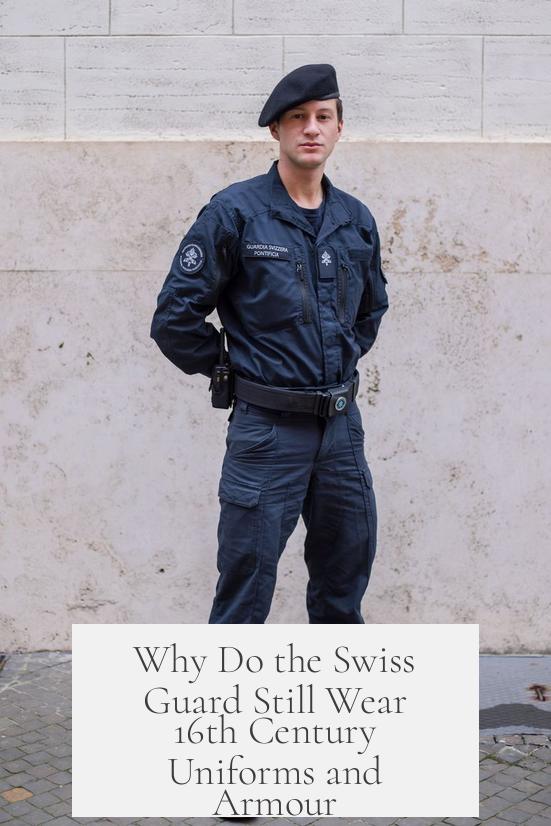
The Swiss Guard keeps wearing their 16th century uniforms and armour because of their deep historical roots, ceremonial importance, and a strong tradition that ties their identity to the Renaissance era. The uniforms serve not just as clothing but as a living link to their heroic past and unwavering loyalty to the Papacy.
We often wonder why these guards, who protect the Vatican even today, parade in such old-fashioned and colorful attire. Are they stuck in the 1500s, or is there a method to this flamboyant madness? Let’s take a journey back in time to understand the origin and evolution of the Swiss Guard uniforms and their significance today.
Born in the Renaissance: The Origin and Design
The Swiss Guard’s uniform is famously rooted in the early 1500s and is widely believed to have been designed by none other than Michelangelo—or at least inspired by Renaissance art. This might explain the striking blend of blue, red, and yellow stripes that make the guards look like walking stained-glass windows.
It all started with Pope Julius II in 1506, who chose these vibrant colors. Later, red plumes were added to their helmets by Pope Clement VII after the heroic defense during the sack of Rome in 1527. The Swiss Guards sacrificed their lives, buying crucial time for the Pope to escape through the Castel Sant’Angelo. Their uniform, with its baggy breeches, slashes of contrasting materials, white lace ruffs, and feathered round hats, was already well-established by 1613 and remained visually consistent through the 17th century.
The Swiss Guard’s Uniform Is More Than Just Parade Costume
Many think that the Swiss Guard’s costumes are just theatrical garb for tourists and ceremonies. But looking at history, the uniforms’ elaborate design was a practical display of prestige and honor. Permanent household guard units were a European trend starting back in the 1420s, evolving with the court’s growing complexity. Guards needed to look impressive, showing the strength and wealth of their rulers. Bright colors weren’t just fashion statements—they were psychological tools to intimidate enemies and dazzle foreign ambassadors.
So, why did these vibrant uniforms survive when others faded away? Most European courts abandoned their colorful and cumbersome uniforms after the Napoleonic wars, favoring more practical military styles. Yet, the Swiss Guard clung to their Renaissance look, remaining a dazzling oddity in a world of modernity.
Swiss Guard Versus Other European Guards: The Lone Survivors of Old Style
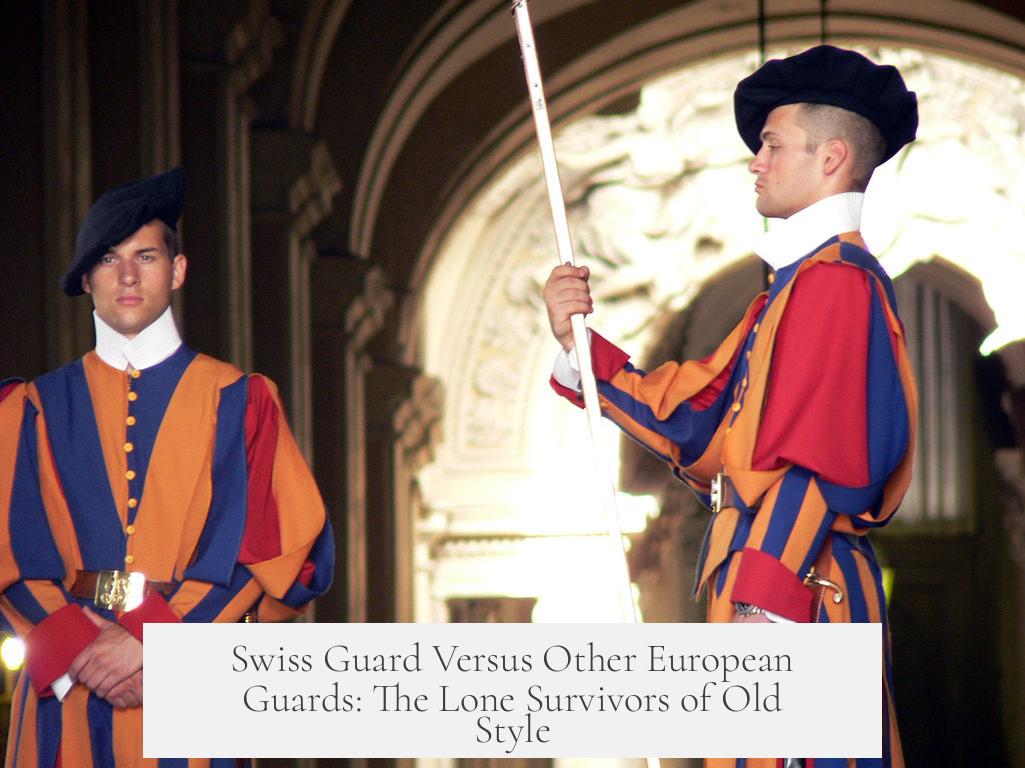
Imagine a time when courts all over Europe displayed guards in flamboyant outfits. France, Britain, Bavaria, Saxony, and Savoy all had ceremonial units dripping with color and elaborate dress. After the Napoleonic wars, those extravagances mostly disappeared, replaced by versions closer to battlefield practicality.
The Swiss Guard’s choice to maintain their 16th-century style turn them into living relics. These colors and designs create a brand unique to the Vatican, a trusted symbol of continuity and protection unlike any other. They are truly the last guards standing in parade gear that once graced royal courts all across Europe.
Changes, But Not Too Many: How the Uniform Evolved
Though holding onto its Renaissance essence, the Swiss Guard uniform has seen subtle adaptations. After all, it’s not simply a museum display; these guards hold real duties. The Papal Swiss Guards don’t fight wars anymore, but their role in ceremonial functions and Vatican security remains vital. The uniforms shifted with fashion needs for headgear—from soft round hats to brass helmets and finally to the current Morion helmet.
Steel armour and helmets, once fully functional, are now reserved for gala dress occasions. Historical photos from 1783 to the 1800s show how the armor varied but retained its Renaissance flair. The red-white-blue striped breeches persisted even as the guards served beyond Rome, protecting Cardinal-Legates across the Papal States.
The Influence of Jules Repond: Revival through History
By the late 19th century, many Swiss Guards were no longer Swiss, and discipline was wobbling like a juggler on a unicycle. Enter Jules Repond in 1914, a commander with a mission: restore the Guard’s Swiss roots and give their uniforms a reboot based on historical research.
Repond’s detailed study led to the current practical but striking iteration of the uniform, incorporating the iconic Morion helmet. His reforms also focused on recruiting Swiss veterans to maintain the Guard’s distinct identity. Thanks to these efforts, when the Vatican II reforms in 1970 disbanded many traditional guard units, the Swiss Guard marched proudly on.
Why Does This Matter Today?
In a world rushing toward sleek and modern every day, the Swiss Guard’s uniforms remind us of patience, history, and loyalty. These outfits visually shout: “We have stood guard for centuries, and we will continue to stand.” The colors, the armour, the feathers—they are a symbol of sacrifice, service, and the endurance of tradition.
Moreover, these uniforms play a practical role in ceremonies, attracting visitors worldwide who bring revenue and interest to the Vatican. They spark curiosity and bring stories to life, providing a tangible link to a fascinating past. The costumes instantly tell a story without words.
So, Why Keep Wearing These Outfits?

- Historical Loyalty: Wearing the Renaissance-era uniforms honors the legacy of those who sacrificed in 1527 to save the Pope.
- Ceremonial Importance: The uniforms make rituals majestic, underscoring the Guards’ prestigious role at the Vatican.
- Symbolic Identity: The distinct colors and designs have become iconic, distinguishing the Swiss Guard from all other ceremonial units.
- Reforms Grounded in History: Thanks to Jules Repond’s careful revival, the guards maintain authenticity with a practical touch.
- Touristic and Cultural Value: The striking attire draws millions of visitors, supporting the Vatican’s cultural heritage.
In Conclusion
The Swiss Guard’s 16th-century uniforms are not an outdated fashion choice but a powerful symbol bringing alive history. They blend beauty with bravery, ceremony with service. By wearing these uniforms, the Swiss Guard honors centuries of tradition, commemorates brave sacrifices, and stands as an unforgettable emblem of the Vatican’s unique protectorate.
“A tradition sustained through centuries finds strength in every stripe and feather.”
Next time you see the Swiss Guard in their vibrant Renaissance attire, ask yourself: Is this just costume, or is it a living story? The answer lies in the colors, the design, and the history stitched into every thread.
Why does the Swiss Guard still wear 16th century uniforms?
The Swiss Guard uniforms honor their origins from the early 1500s. They reflect Renaissance designs chosen by Pope Julius II. The uniforms highlight tradition, linking the guard to their historic roots and sacrifices.
How have the Swiss Guard uniforms changed over time?
Changes have been minimal. The hats evolved, and modern helmets replaced earlier versions. In 1914, commander Jules Repond redesigned the uniform based on historical studies, adding practical features like the morion helmet.
Why did other European guards abandon such elaborate uniforms?
After the Napoleonic wars, many European guards switched to practical military uniforms. The Swiss Guard retained theirs because of their ceremonial role and strong connection to Vatican traditions.
What role does the armor play in the Swiss Guard uniform today?
Steel armor is worn only during full gala dress on special occasions. It symbolizes historical defense duties but is not used in regular service or combat functions.
How did reforms in the 20th century affect the Swiss Guard’s uniform and recruitment?
In 1914, Jules Repond reformed recruitment to require Swiss veterans. He also refreshed the uniform using Renaissance studies, balancing historical accuracy with functionality, helping the guard survive later Vatican reforms.
